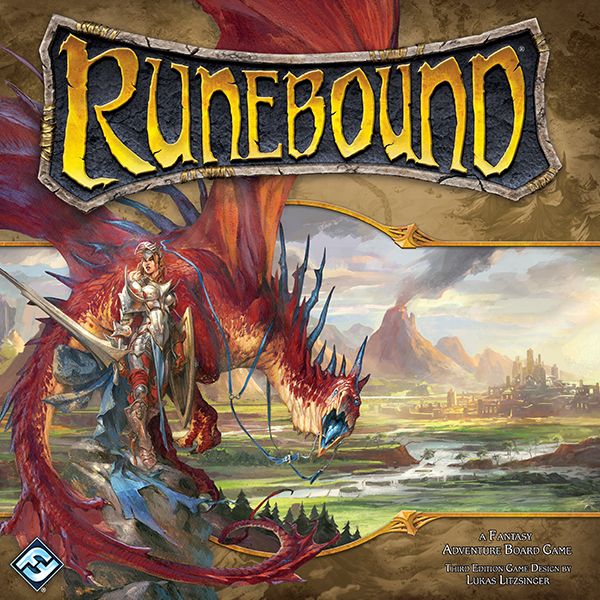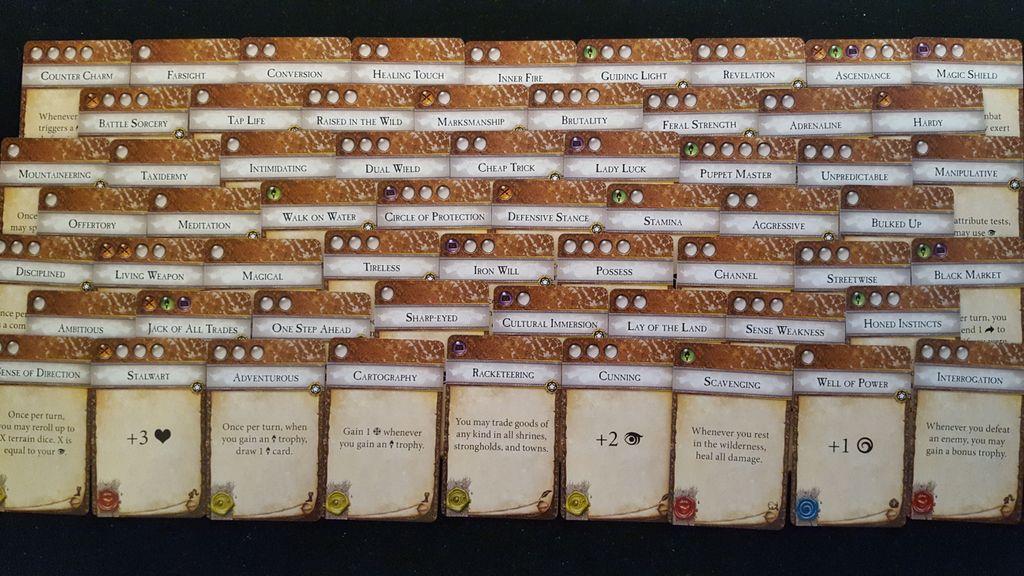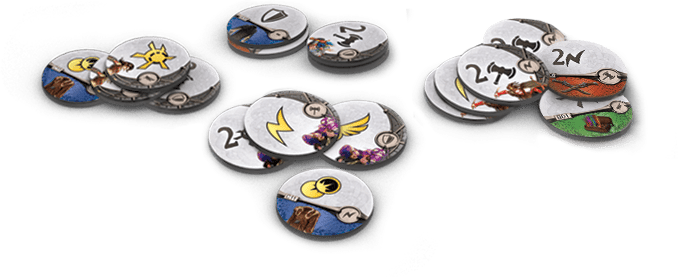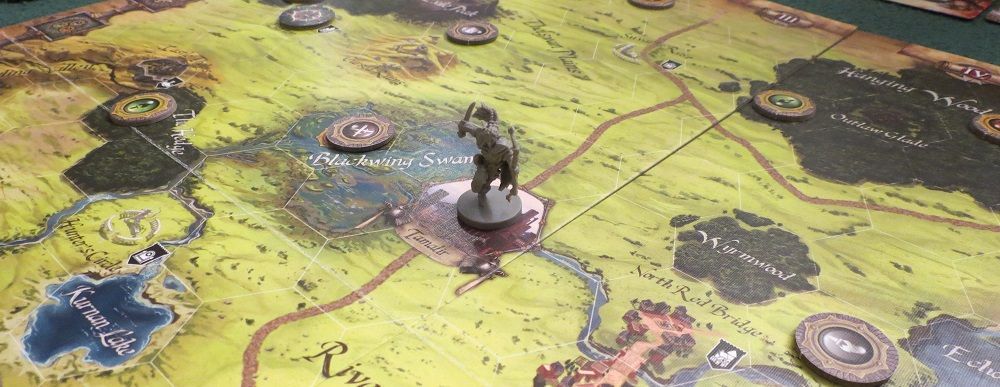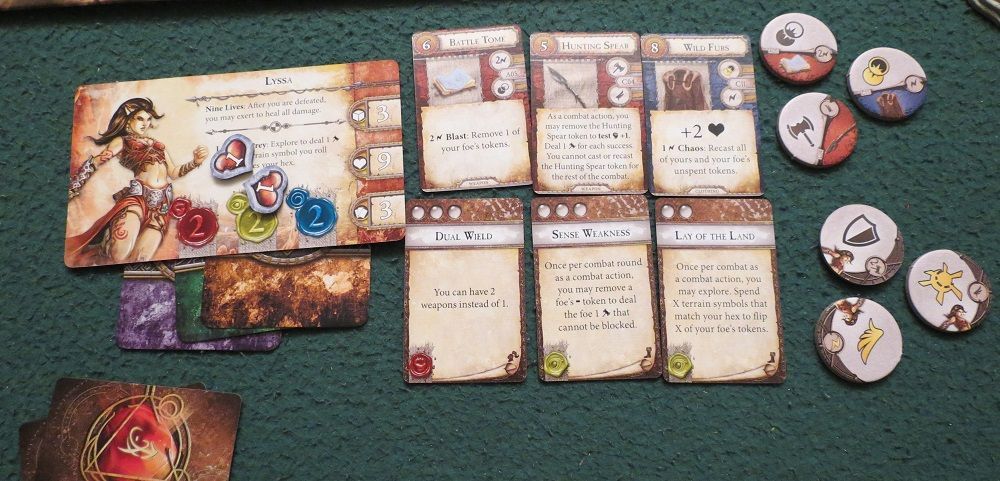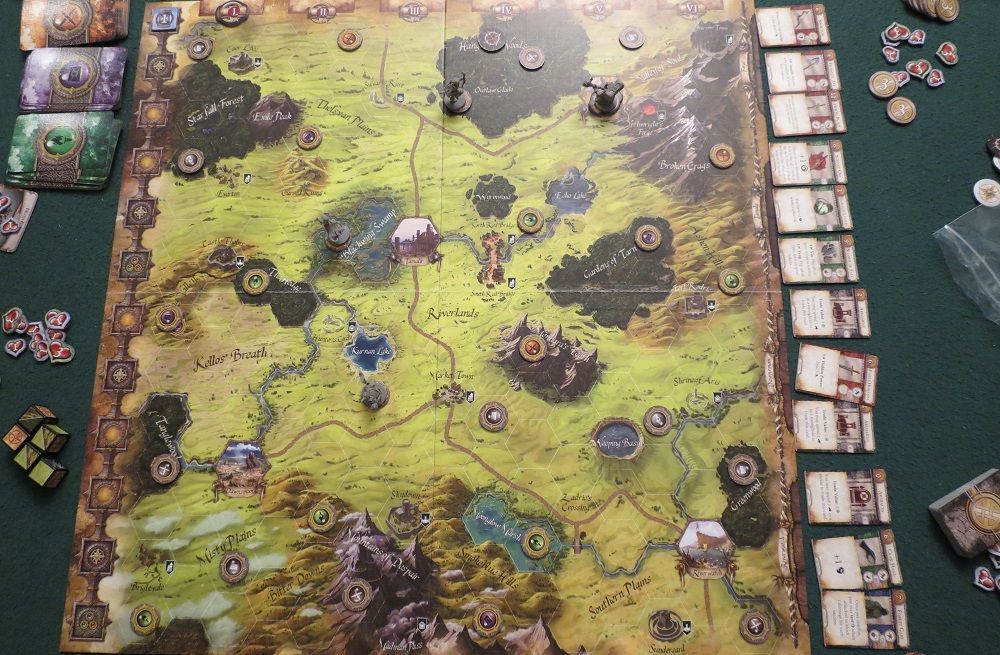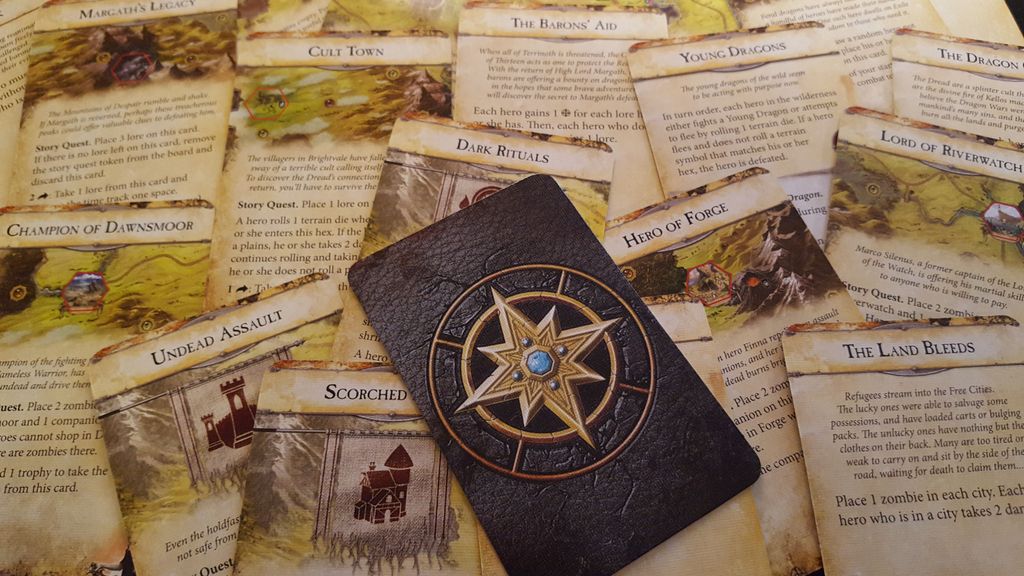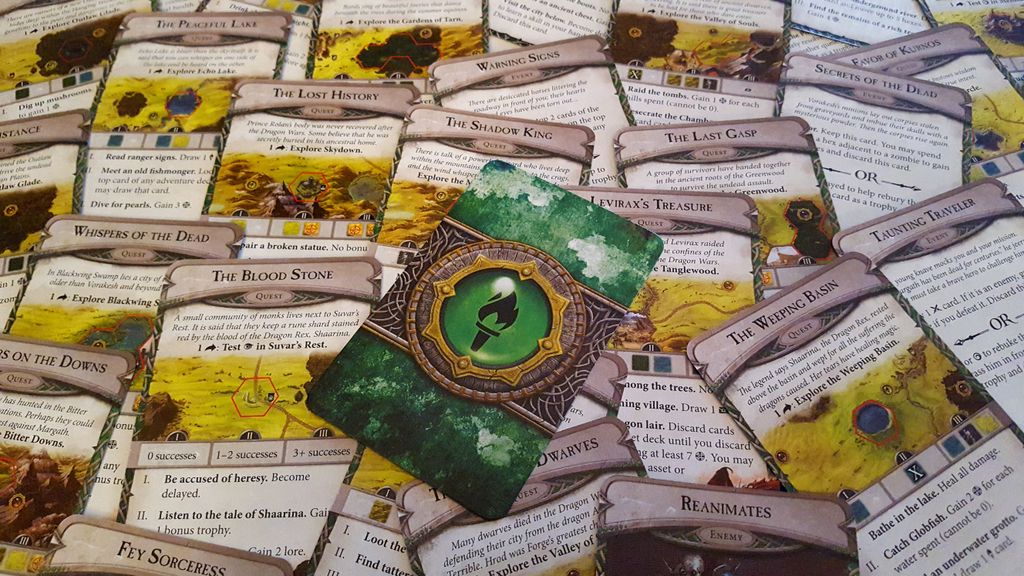Overview
Welcome to the vibrant fantasy landscape within the board game Runebound (Third Edition). It’s a realm where tales of bravery unspool across the board, a lush expanse ripe for exploration. This review will unearth the rich tapestry of gameplay mechanics, while also illuminating how they flourish in a social setting. Joined by fellow adventurers through cooperative and competitive challenges, the stories crafted are uniquely memorable, no tile or tarot card ever quite synthesize the same experience twice. Whether you crave strategic depth or shared tales of wonder, Runebound remarkably stitches these threads together for an embroidered gaming adventure.
How It Plays
Setting up
Initially, players choose a unique hero, each with specific abilities, and place their character tokens on the board’s starting location. The game board is set with hexagonal tiles, encounter cards are distributed on appropriate spaces, and the quest tokens get positioned. Players receive starting equipment and prepare for their adventure in Terrinoth. Setup involves strategic choices right from the start, as players anticipate potential encounters and lay out their journey.
Gameplay
Diving into gameplay, turns are straightforward: Flip an Event card and resolve its effect, perform two actions such as moving, fighting, or exploring, and, if applicable, engage in combat using the unique token-casting system which replaces dice. Strategic planning and adapting to unfolding scenarios are key to successful turns, demanding player engagement and foresight.
Winning the game
To claim victory, a player must complete the main quest before anyone else, a race against both the clock and other players. Encounters, combat, and narrative choices edge heroes towards their final showdown, focused on the narrative’s peak. Only through smart tactics and sometimes cooperative strategies can players hope to triumph in the lands of Runebound.
Want to know more? Read our extensive strategy guide for Runebound (Third Edition).
Embracing the Unexpected Journey
Reflecting on the Runebound (Third Edition) Review, adventure mechanics stand out as the vivid heart of the experience. Each turn feels like peeling back the corner of a map to reveal new, intriguing possibilities. Moreso, as adventurers traverse the diverse terrains of Terrinoth, the sense of discovery is palpable.
Dynamic World Exploration
Trudging through lush forests, precipitous mountains, and the sprawling plains, each space offers unrivaled exploration thrills. During a recent session, I reveled in the uncertainty as my chosen hero boldly initiated encounters fueled by the flip of adventure tokens—classic adventuring reshaped by thoughtful design.
Making Choices Matter
The decisions at each crossroad matter immensely; where to go, which quests to undertake, which assets to acquire. My heart raced during tough calls, proving just how invested I became in my hero’s journey, shaping not just their narrative, but affecting the potential outcomes and paths intertwined with their fate.
Ready to dive into the tale of how these choices inspire collaboration and conflict amongst players? Let’s turn the page to Player Interaction.
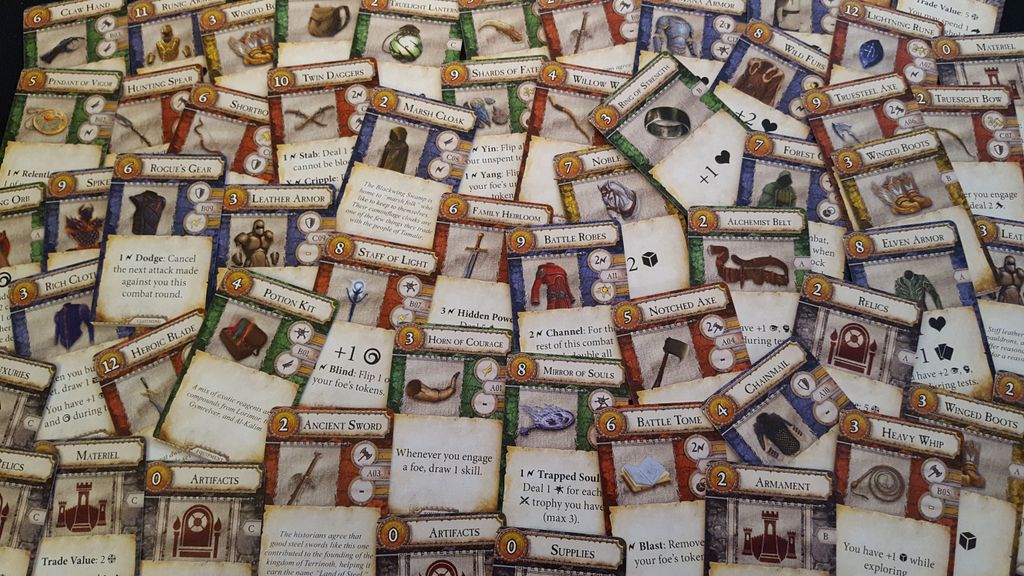
Forge Alliances or Foster Rivalries
During my playthroughs of Runebound (Third Edition), player interaction consistently stands out as a pivotal point of engagement. The game nudges you towards both competition and cooperation, sparking enduring tabletop tales.
Heart-Pumping Race
In one memorable game night, the tension was palpable as my companions and I raced to thwart the spreading corruption. The semi-cooperative nature allowed for clever banter and strategic alliances, fulfilling that craving for social contact that only board games can sate.
Rivalry and Diplomacy
Equally, the game shines when back-and-forth rivalry becomes the main attraction. Crafting our unique stories through these interactions creates moments that linger long after the game is packed away. Subsequent shifts in strategies keep each session fresh, ensuring that social dynamics are always central to the Runebound experience.
Next, let’s unravel the tapestry of Variability of Scenarios, the essence of Runebound’s replayability.
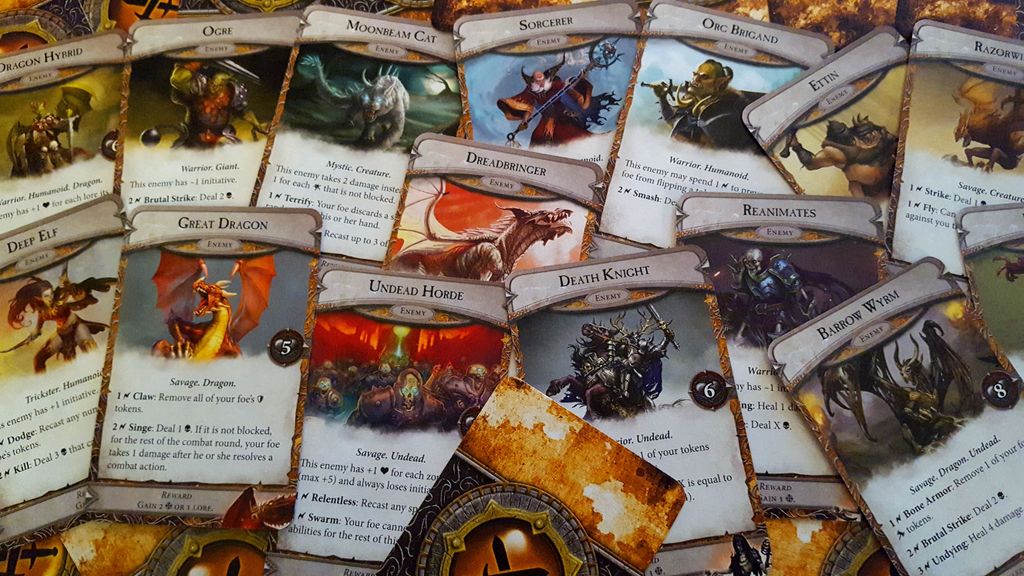
The Heart of Adventure: Scenario Diversity
In my Runebound experiences, the evocative scenarios stand out as a pivotal highlight. Each game feels like unwrapping a new storybook, with distinct plot lines steering us through Terrinoth’s diverse landscape. Ripples of Change Moreover, replayability surges as dynamic event cards ripple with game-altering consequences.
Main story quests yield cuts of sagas varying in both theme and objective, embroidering a tapestry of gripping narratives. A Tailor-Made Quest From hunting down artifacts to vanquishing epic foes, my tabletop comrades and I stitch our own adventures with each session. Establishing these scenarios breathes tailored depth into our journeys.
The flexibility Runebound offers compels me to recommend it. After all, who wouldn’t want their gaming table brimming with fresh lore each time?
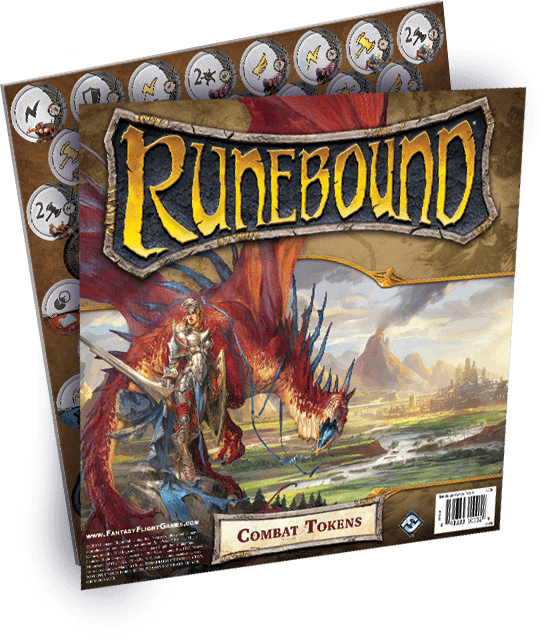
Conclusion
Concluding our in-depth review of Runebound (Third Edition), I’d highlight the robust adventuring mechanics imbued with rich player interaction and the impressive variability of scenarios that invite you back to its world, time and again. Each element of the game that we dissected—from the meticulous setup that sows the seeds for your journey, the vibrant gameplay full of stratagems and risks, to the crowning moment of claiming victory—reflects the game’s intricate design and its prowess in providing a riveting tabletop adventure. Add the unspoken layer of social connections it forges, and you’ll understand why it soars in appeal. If the call of fantasy quests and tactical planning resonates with you, then Runebound (Third Edition) might just be the next staple in your game night repertoire.

